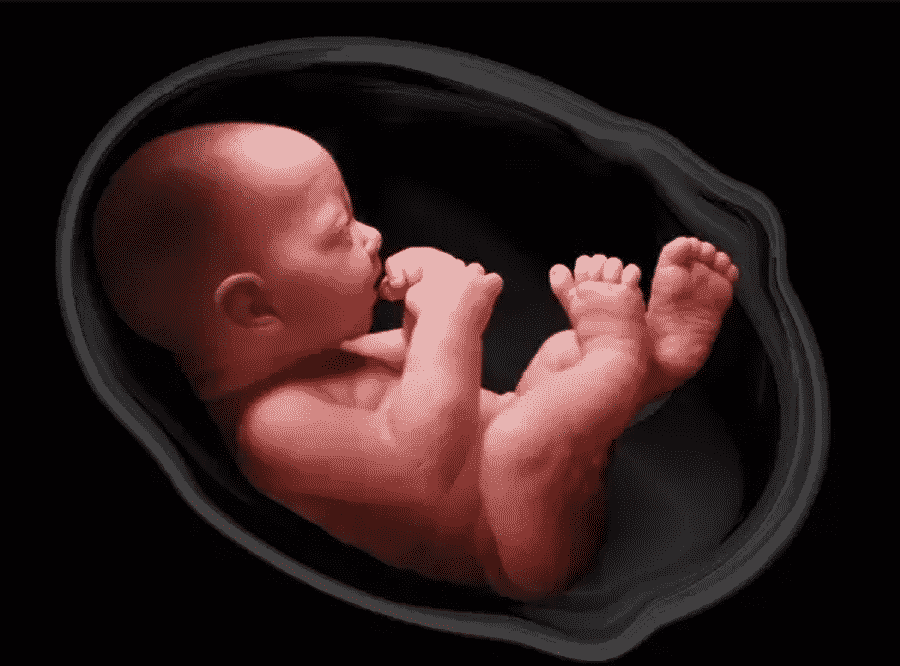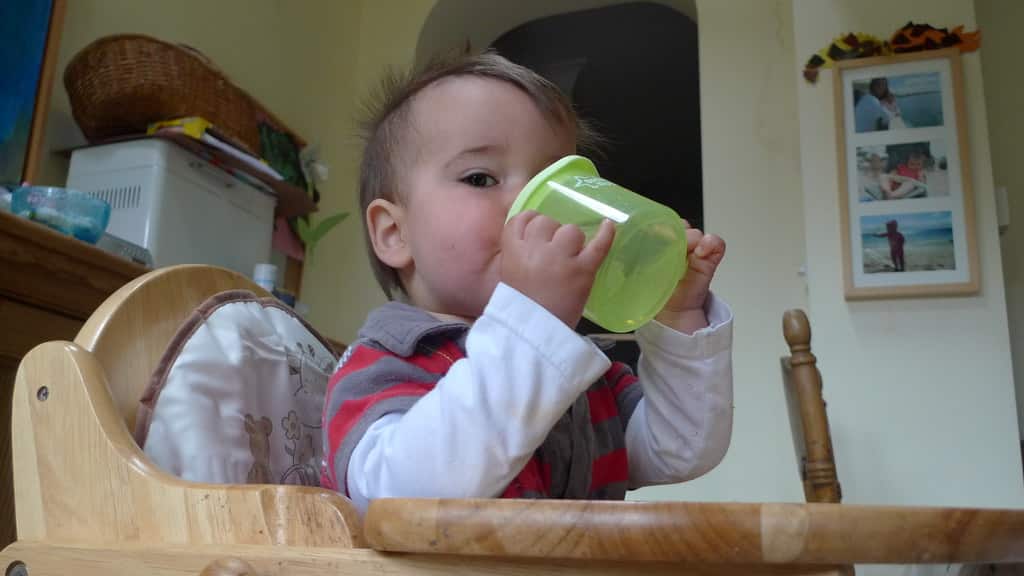Natural Remedies for Stretch Marks During Pregnancy
We all love good skin, especially one without blemish. The fact that pregnant women go through a lot and the fact that they need not be downcast by that can be overwhelming at times. A lot comes with pregnancy, coupled with all kinds of changes. The fact that you need to look good and still be in shape is a thing of major concern.
Most women develop stretch marks during pregnancy as the fibers in the skin become soft and stretch, giving way for the developing baby. Stretch marks appear on the tummy, thighs, buttocks, knees, arms, and breasts as the baby grows as a result of continuous tugging and stretching.
Stretch marks occur as bands of parallel lines on the skin. The lines are usually different in color and texture than the normal skin. In the case of pregnancy, they occur when the dermal layer of the skin is suddenly stretched. The skin overstretches as a result of sudden weight gain and the fibers break, which then leads to stretch marks.
This shouldn\’t pose a problem because there are natural remedies for stretch marks during pregnancy. They have been tested and proved effective.
What are the causes of stretch marks during pregnancy?
Some of the cause of stretch marks during pregnancy include (but not limited to):
- Rapid weight gain or growth
- Hereditary
- Carrying multiple babies
- When the baby\’s weight is above average
- Genetics
How to prevent stretch marks
Stretch marks can be tiring and sometimes reduce body confidence. Therefore, it is best to prevent it from allowing it to occur. This is because the remedies can be tasking to use most times. Some of the ways you can prevent stretch marks include:
- Weight monitoring. Rapid weight gain during pregnancy can lead to stretch marks. It is advisable to keep your weight in check. If you gain weight, let it be in a healthier manner.
- Feed on foods that can improve your skin elasticity. Diet rich in gelatin will help improve skin elasticity due to the collagen present. Vitamin A, C, and E are recommended because they are useful in collagen and cartilage formation. They help to improve skin elasticity and keeps stretch marks at bay.
- Always consume a lot of water. It is needed to keep you hydrated during pregnancy. This is to facilitate your increased blood volume and build the water sack for the baby. Dehydration will hinder the elasticity of your skin. It will make it prone to damage because of stretching skin.
- Use coconut oil for moisturizing. It supplies good moisture to the skin and prevents stretch mark because it is an excellent source of saturated fatty acids which do not easily get oxidized.
- Check for zinc deficiency. Zinc deficiency hampers the body\’s ability to produce adequate collagen and antioxidants.
- Use oil treatments like castor oil, vitamin E oil, and other essential oil to improve your skin elasticity. Present in these oils is antioxidant, which helps in free radical damage and stretch mark prevention.
- Use cocoa and Shea butter. They work wonderfully in keeping the skin hydrated and moist by stimulating the skin renewal process, thereby preventing damage.
Natural remedies for stretch marks during pregnancy
Pregnancy is one of the critical stages of your life where you must be very careful in all you do. Anything you take must be with strict precautions so that you and the baby are not affected. To opt-in for any treatment, it is advisable to seek your doctor first.
These natural stretch marks remedies listed below can be used to make stretch marks fade away. They include:
- Honey application. Honey may be applied to the affected area and washed off with warm water after a few minutes. It helps lessen the marks.
- Aloe vera application. Aloe vera soothes and heals the skin. Apply it regularly to the affected part to get rid of the marks.
- Use oil treatments. Oils like castor oil, vitamin E, or olive oil should be massaged on the affected area. It helps improve blood circulation, and it is useful in stretch mark removal.
- Use egg white (albumen). Apply it to the affected area and allow drying. Wash with cold water and apply olive oil. Apply this treatment for some weeks to fade away the stretch mark.
- Sugar scrub application. Make a scrub with sugar, lemon juice, and almond oil. Apply daily before bath for a few months to lighten the mark.
- Lemon juice application. Allow your skin to soak a few minutes in it upon application. Rinse with warm water and repeat daily for the best result.
- Use alfalfa leaves. The paste made from alfalfa leaves and chamomile oil can be applied to the affected area twice a day for effective results. These leaves have detoxifying and antifungal properties.
- Potato juice application. It can be applied on your stretch marks and washed away with warm water. Please use it for a few months to monitor them fade away.
- Use sandalwood and turmeric. The paste should be equally mixed and applied to the affected part. It may be applied five to six months to monitor improvement.
- Drinking enough water daily. It helps restore the skin\’s elasticity by keeping it soft and supple, thereby preventing stretch marks.
- Omega- 3 fatty acids. It can help increase skin elasticity. Foods like cod liver, walnuts, soya beans, cauliflower, and salmon can go a long way in reducing stretch marks.
How long does it take to remove stretch marks?
While you can use natural remedies to prevent stretch marks, they tend to fade away with time. After child delivery, they usually become less noticeable. If the skin is adequately taken care of, within six to twelve months, these marks become less visible. Applying the necessary treatments on the affected area helps to heal the broken tissue and increase the skin elasticity.













